Background & History

Doig River First Nation (DRFN) is committed to celebrating language, stories and traditions and incorporating them into all facets of business and administration. DRFN values opportunities to come together as a community to showcase and preserve cultural practices and language.
The Dane-zaa culture is rooted in dreams, visions, drumming, stories and song, where knowledge is passed on from Elders. They collectively hold the history of the community in their oral stories that span creation, the fur trade, the arrival of settlers and missionaries, as well as more recent experiences. In 1900, DRFN became a signatory to Treaty No. 8 as part of the Fort St. John Beaver Band with Blueberry River First Nations.

Our community is guided by the spirit of the sacred teachings, visions and songs of the Dane-zaa Nááchę, the dreamers of our people. For centuries, the Nááchę used songs and stories to guide us through life on earth. Most of the Nááchę descended back to earth from heaven, bringing abilities to prophesize events that would impact our people through visions.
Often these visions included lessons in living harmoniously with each other and the wildlife we depend on for survival. Find our more about our Dreamers and Drummers here.
In Dunne-zaa culture, it is believed that Nááchę (Dreamers) could travel to Heaven in their dreams and bring back songs which provided teachings, visions, and prophecies from the creator (Ridington, Ridington and Elders of Dane-zaa First Nations, 2013, p.156). These dreams carried symbolic meanings and messages about social order, community and nature. The first Dreamer was Makénúúnatane (“His Tracks Earth Trail”), who predicted the coming of the Europeans (Ibid). Prior to the arrival of the Europeans, the Dreamers acted as hunting chiefs as their dreams aided the community in organizing and capturing game animals (Ibid. p.157). Dunne-za relied on big-game animals such as bison, beavers and moose for sustenance (McMillian and Yellowhorn, 2004, p.243). However, communal hunts were disrupted by the arrival of the Europeans and the introduction of fire arms as it enabled hunters to catch game individually (Ridington, Ridington and Elders of Dane-zaa First Nations, 2013, p.164). Most Dreamers gained their abilities only after dying and coming back to life; like the swans, Dreamers could fly to heaven and return to earth.
Cultural Protection & Preservation Initiatives
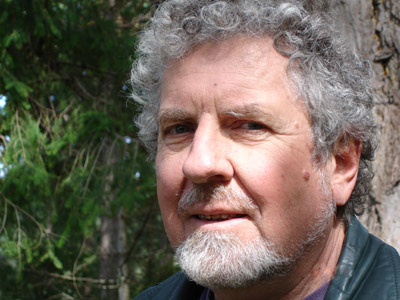
DRFN has been fortunate to work with Dr. Robin Ridington over the years and he has documented and stored many of the stories, songs, pictures and videos of our community and members since the 1950’s. Dr. Ridington has the Ridington Dane-zaa archive collection of which he has shared with our community.
DRFN recently established the Culture, Heritage and Language department which is currently staffed with three full time and two part time staff. They are currently working on collecting, organizing and storing historical and cultural information.
Additionally, partnerships are currently being developed with BC Hydro and Tse’ K’wa Heritage Society to support training and skill development of our membership in archiving. The partnerships also support the development of repositories at the Tse’K’wa facility and at our administrative complex.
Where Happiness Dwells
In 2013, DRFN partnered with Robin and Jillian Ridington to write Where Happiness Dwells. This book was written in collaboration with Elders of the Dane-zaa First Nations. It provides a history of the Dane-zaa First Nations and focuses on the Fort St. John Beaver Band.
Cultural Practises
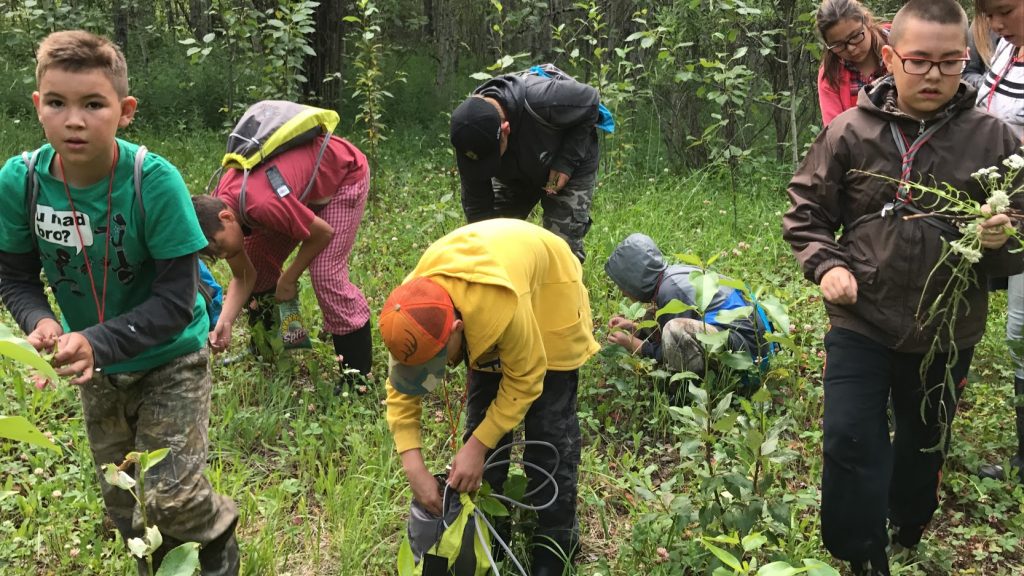
Members of Doig River First Nation continue to carry out traditional cultural practises throughout the year, some of which include:
- Hunting and trapping
- Drying meat and scraping hides
- Producing clothing and art from animal skins
- Organizing spring beaver hunt
- Conducting tea dances
- Drumming
- Story telling
- Organizing and participating in rodeo events
In May, community members head out to the land for Beaver Bush Camp where they teach youth how to undertake a wide variety of cultural activities and conduct their spring beaver hunt.
DRFN community members carry out the practises they conduct during Beaver Bush camp throughout the year. Tea Dances are held a few times a year to celebrate gatherings or mourn the loss of a loved one. Hunting takes place for different types of animals on a seasonal basis. Artists produce a variety of products from clothing to paintings, carvings and sculptures.. Find out more about DRFN artists here.
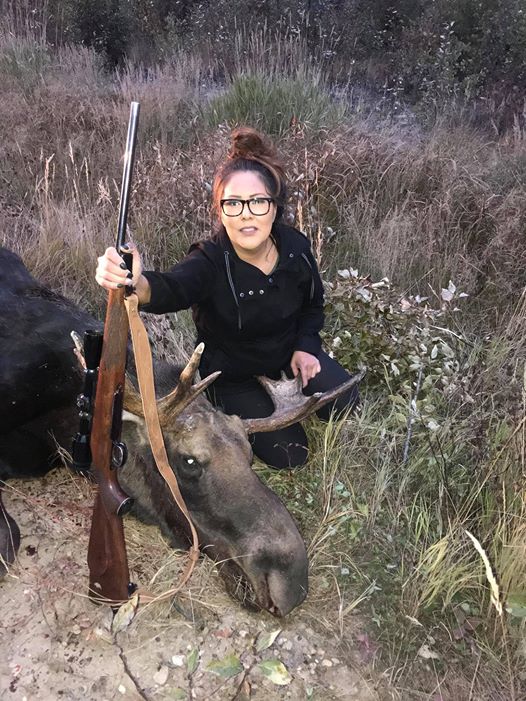
DRFN members have embraced a ‘cowboy culture’ and are active in rodeo events. They host their own rodeo each summer, an event that attracts over 100 competitors from around the region, offering a variety of events and cash prizes. Find out more about DRFN’s annual rodeo here.
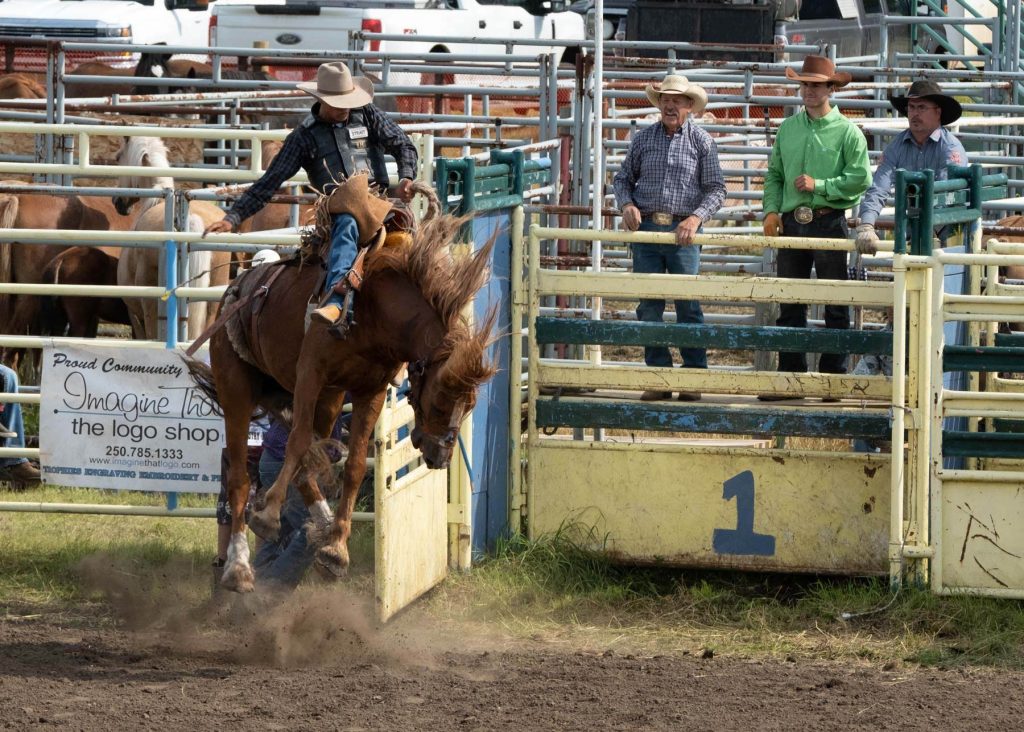
Passing on culture and traditions to youth is a high priority for DRFN. Elders from DRFN recently hosted a drum making workshop for youth at Halfway River First Nation which was well attended and yielded great results through the production of several drums.
Cultural Programs
DRFN undertakes a variety of initiatives and seeks to bring together people of different cultural backgrounds including youth, industry, local school children, government, and those from other Indigenous communities for the purpose of showcasing the Dane-zaa culture, traditions and knowledge.
May is the month for Doig Day, an opportunity for hundreds of school children and other visitors from the region to travel to the reserve and enjoy multi-sensory experiences from cooking bannock to stretching moose hides and digging for artifacts. Ceremonial tea dances are held for different occasions throughout the year. Recently Doig organized a large Northern Dene gathering for nations from BC, Alberta and the Northwest Territories.

In keeping with educational aspirations, DRFN recently supports one of its member’s initiatives, ‘Kema Experiences’, a mobile virtual reality platform. Kema Experiences is designed to foster greater personal resilience through a transformative connection with both DRFN and Dane-zaa heritage, and incorporates cultural arts and technology skills that contribute to health, wellness and employability. Kema Experiences was developed by DRFN counselor Gary Oker in 2017. It has been successfully implemented to connect people with land and spirit. It provides an opportunity for participants to learn about traditions and wisdom through both land-based and virtual reality experiences.
